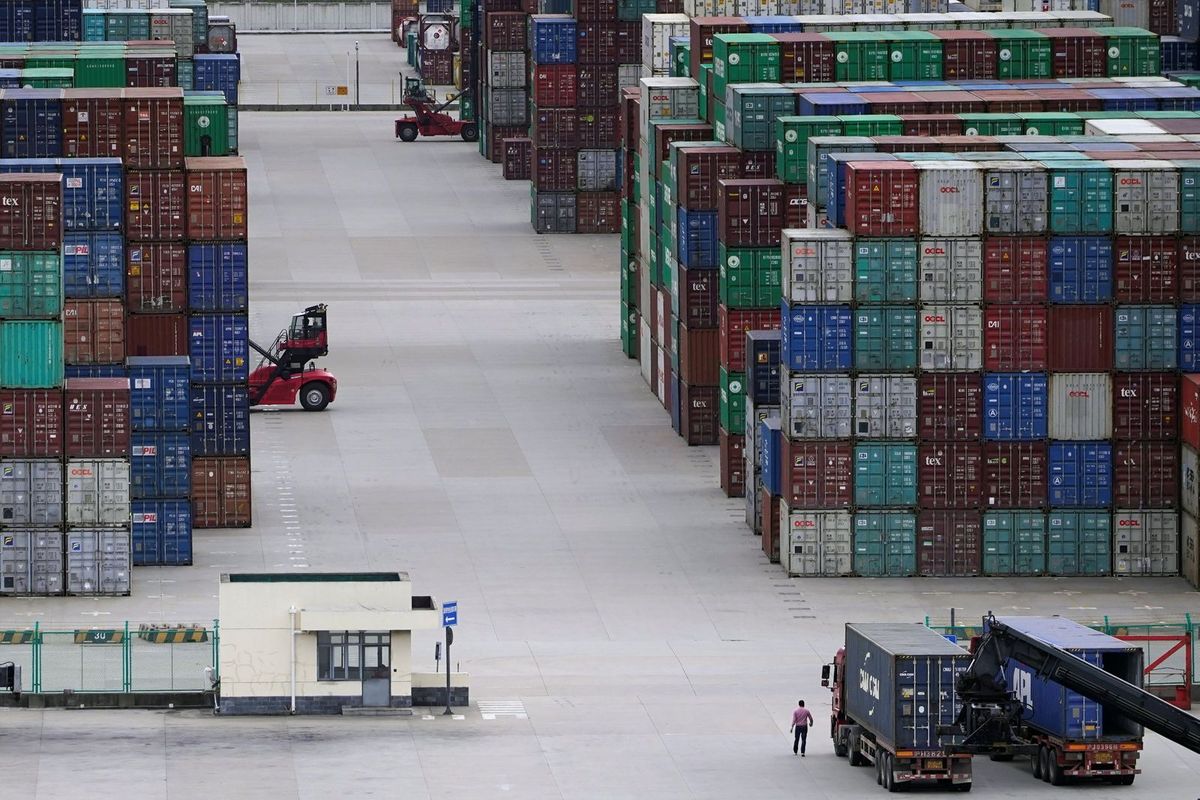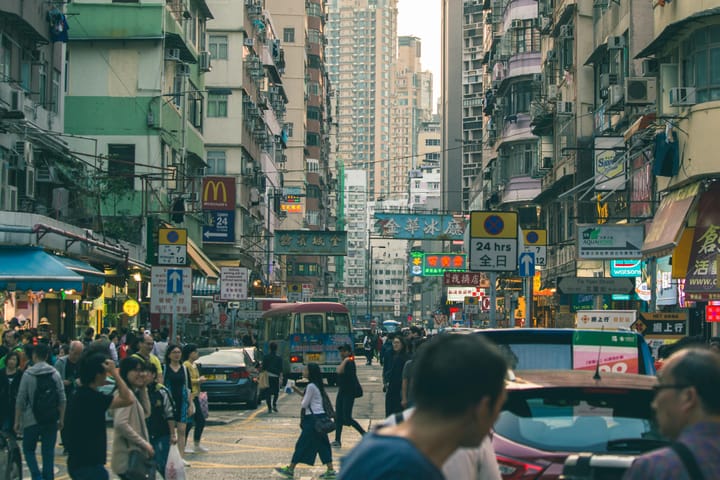China’s evolving economy, explained

A few minutes every morning is all you need.
Stay up to date on the world's Headlines and Human Stories. It's fun, it's factual, it's fluff-free.
Reports indicate that Beijing believes it is time for China to transition from being the world’s manufacturing hub to being a normal advanced economy – albeit a massive one.
The era of explosive Chinese growth is over. This is not the opinion of external analysts who spend their time forecasting the Chinese economy, or those of detractors who hope that Beijing will fail to achieve its grand vision – rather, this is the belief of the ruling Chinese Communist Party (CCP).
The last few weeks has seen speculation of what is to come from China’s 14th five-year plan, set to be released in early 2021. But reports indicate that Beijing believes it is time for China to transition from being the world’s manufacturing hub to being a normal advanced economy – albeit a massive one.
The predicate for this is China’s slowing economic growth but growing middle class. Since the opening of the Chinese economy, the People’s Republic of China (PRC) has seen staggering economic growth and, with it, a growing middle class. Since the Chinese economy opened to the rest of the world, the PRC has seen a growth rate averaging 9.5% through 2018, which the World Bank described as “the fastest sustained expansion by a major economy in history.”
However, progress has slowed and China’s economy is now expected to decline.
To reconcile this, China is adopting a new economic plan that recognizes its changing reality. The new plan is more internally focused than previous plans that have been introduced since the opening of the Chinese market and focuses on the development of the tech industry, among others. Most importantly, the plan places a lot of pressure on China’s middle class to drive its success.
The rise of China’s middle class
The rise of China’s middle class mirrors the rise of the Chinese economy. From 2000 to 2018 China’s middle class inflated from 39.1 million to around 707 million, which comprises nearly half of the population of the PRC. This growth has led foreign companies to flock to China to capitalize on its gargantuan market. However, the definition of middle class is fluid and the income group that Beijing is so reliant on may not be as prosperous as it appears.
Defining what is middle class, whether it be in the United States or China, is mired with circumstance and fluctuating data. Some statistics in the US claim that middle income encompasses US$26,000 to US$78,000 – at least for a single adult with no dependents. For families, the starting point increases to US$45,000 for a household of three.
The classification becomes even more fluid in China where Ning Jizhe, the chief of the National Bureau of Statistics, defines a middle income family of three as one that earns annually between 100,000 to 500,000 yuan (approx. between US$15,196 to US$75,982) and has the means to “buy a car, a flat, or go travelling.” A family of three with an annual income of 100,000 yuan would be considered to be impoverished in the US.
The American consulting firm McKinsey & Company has a lower standard for China’s middle class, declaring that income group to be urban dwellers who earn between US$9,000 to US$34,000 a year. In a pre-pandemic report, the firm predicted that 76% of the Chinese population would reach that level in 2022.
Dual circulation
Foreign investors are not the only ones relying heavily on China’s middle class. The CCP is now looking inward for China’s continued growth. The term that will come to define the 14th five-year plan is “dual circulation.” The concept behind dual circulation is that as China continues with its external trade, it will begin to lean more heavily on domestic trade and services as well. The idea is that as the manufacturing sector evolves from low-cost goods to high-tech commodities, those products will find a growing middle-class consumer base to sell to.
Some foreign analysts think that dual circulation is not only about building off China’s middle class, but about geopolitics as well. It’s argued that the trade war with the US and the increasing hostility from China’s neighbors have convinced Beijing to focus inwards as a precaution against external pressure.
Despite the likelihood that the incoming Biden administration will prove more amiable than the Trump one that preceded it and the recent Regional Comprehensive Economic Partnership (RCEP) trade deal, Beijing is still preparing for more hostility in the future as China’s Belt and Road ambitions, South China Sea strategy, and policies towards Hong Kong, Xinjiang and Taiwan move forward.
For American policy towards China, the main distinction between the Trump and future Biden administrations come down to trade and the methodology of containing China – not whether China’s rising power should be confronted.
A pivotal moment for China
The 14th five-year plan may be Chinese President Xi Jinping’s most pivotal moment. It is this plan that acknowledges that the era of astounding economic growth has come to an end. 40 years after the opening of the Chinese market and the PRC appears to have reached its potential in its current form. Now, the challenge is how, or if, China can transition from being the world’s manufacturing hub to being the world’s economic hub.
If China is to do this it can no longer focus on manufacturing cheap products and must compete with advanced economies like the US and Japan at their own game – high-end manufacturing and services. This is only possible if China’s middle class becomes powerful enough to buy those products. If not, China may stagnate. For Xi, the next five years may decide the fate of his presidency – and the fate of China.
Have a tip or story? Get in touch with our reporters at tips@themilsource.com




Comments ()